Unfortunately no build-in method exist, as you'll need to build cartesian product of those DataFrame check that fancy explanation of merge DataFrames in pandas
But for your specific problem, try this:
import pandas as pd
import numpy as np
df1 = pd.DataFrame(columns=['Entity', 'Account'])
df1.Entity = ['Entity1', 'Entity1']
df1.Account = ['Sales', 'Cost']
df2 = pd.DataFrame(columns=['Region'])
df2.Region = ['North America', 'Europa', 'Asia']
def cartesian_product_simplified(left, right):
la, lb = len(left), len(right)
ia2, ib2 = np.broadcast_arrays(*np.ogrid[:la,:lb])
return pd.DataFrame(
np.column_stack([left.values[ia2.ravel()], right.values[ib2.ravel()]]))
resultdf = cartesian_product_simplified(df1, df2)
print(resultdf)
output:
0 1 2
0 Entity1 Sales North America
1 Entity1 Sales Europa
2 Entity1 Sales Asia
3 Entity1 Cost North America
4 Entity1 Cost Europa
5 Entity1 Cost Asia
as expected.
Btw, please provide the Data Frame the next time as code, not as a screenshot or even as link. It helps up saving time (please check how to ask)
